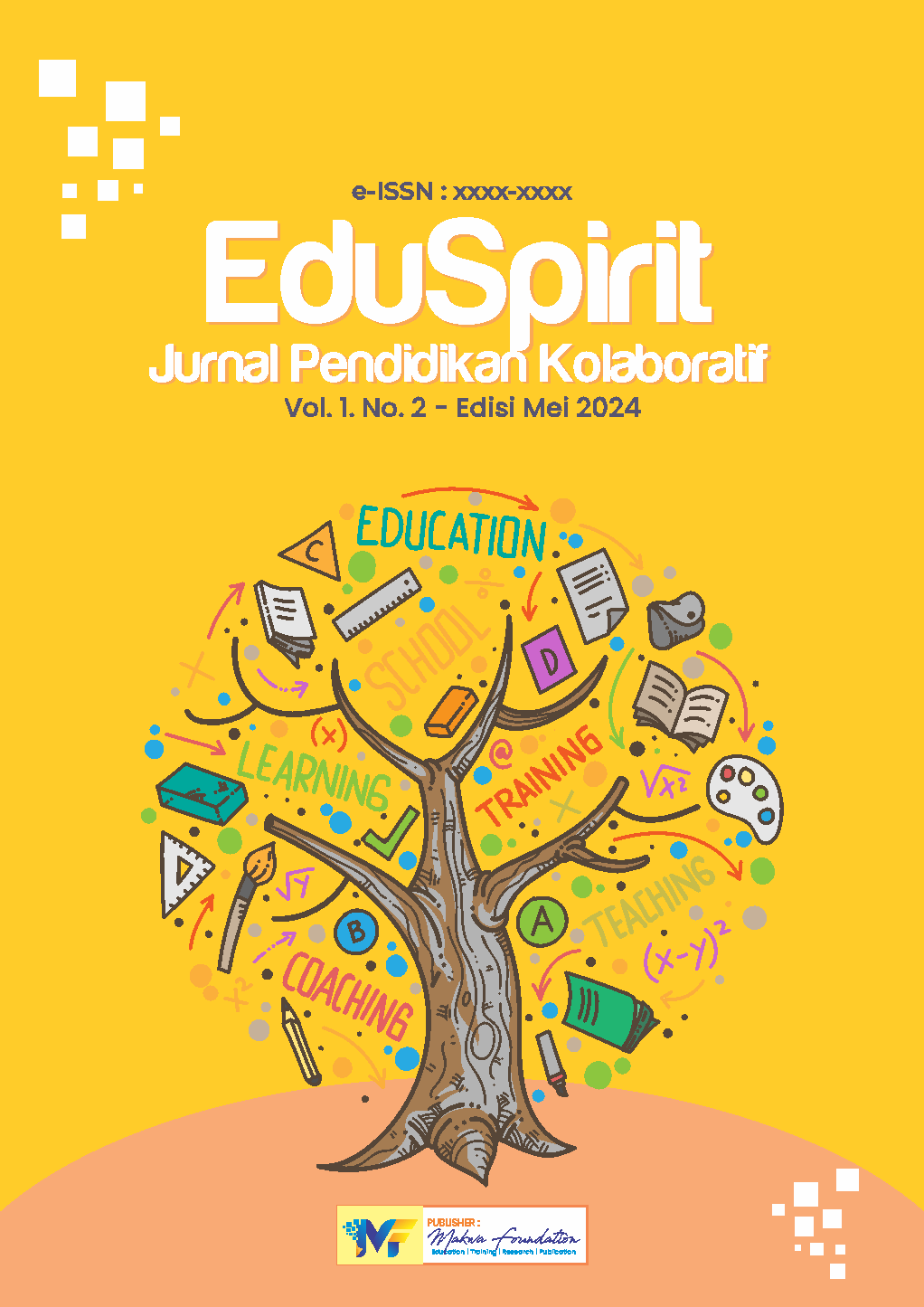Peningkatan Hasil Belajar Pendidikan Agama Islam Menggunakan Model Make A Match
Keywords:
Hasil Belajar, PAI, Make A MatchAbstract
This study aims to improve student learning outcomes in Islamic Religious Education using the Make a Match learning model. The research was conducted in two cycles, namely cycle I and cycle II, involving 15 students of grade IV at MTs. Sabilal Muhtadin. The results showed a significant improvement in student learning activity, teacher teaching activity, and student problem-solving ability scores. In cycle I, student learning activity reached 70%, while in cycle II it increased to 86%. Similarly, the teacher's teaching activity increased from 42.5% in cycle I to 87.5% in cycle II. The student learning outcomes in the final test of cycle II showed a significant improvement, from 65% in cycle I to 90% in cycle II, which is categorized as very high. Based on these results, it can be concluded that the Make a Match learning model effectively improves student learning activity and learning outcomes in Islamic Religious Education.
References
Arends, R. I. (2012). Learning to Teach. McGraw-Hill Education.
Bloom, B. S. (1956). Taxonomy of educational objectives: The classification of educational goals. Handbook I: Cognitive domain. Longmans, Green.
Deci, E. L., & Ryan, R. M. (2000). The “What” and “Why” of Goal Pursuits: Human Needs and the Self-Determination of Behavior. Psychological Inquiry, 11(4), 227–268.
Dewey, J. (1938). Experience and education. Macmillan.
Jones, V., & Jones, L. (2004). Comprehensive Classroom Management: Creating Communities of Support and Solving Problems. Pearson Education.
Piaget, J. (1970). Science of Education and the Psychology of the Child. Viking Press.
Slavin, R. E. (2006). Educational Psychology: Theory and Practice. Pearson Education.
Vygotsky, L. S. (1978). Mind in Society: The Development of Higher Psychological Processes. Harvard University Press.



